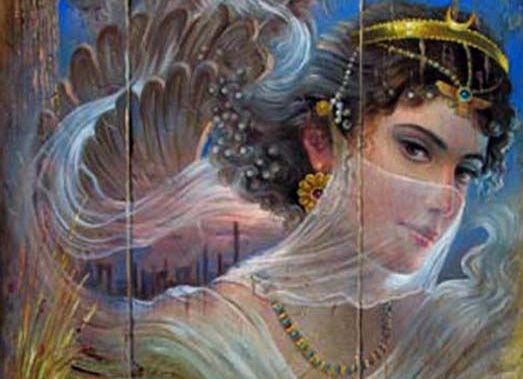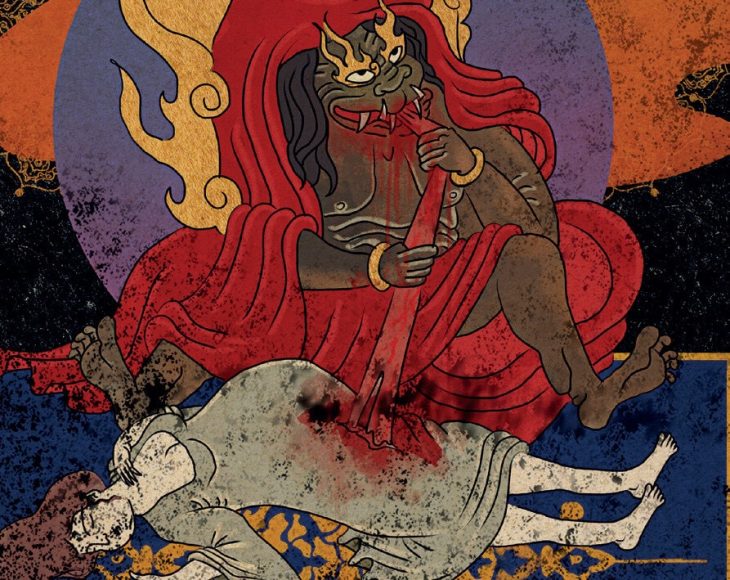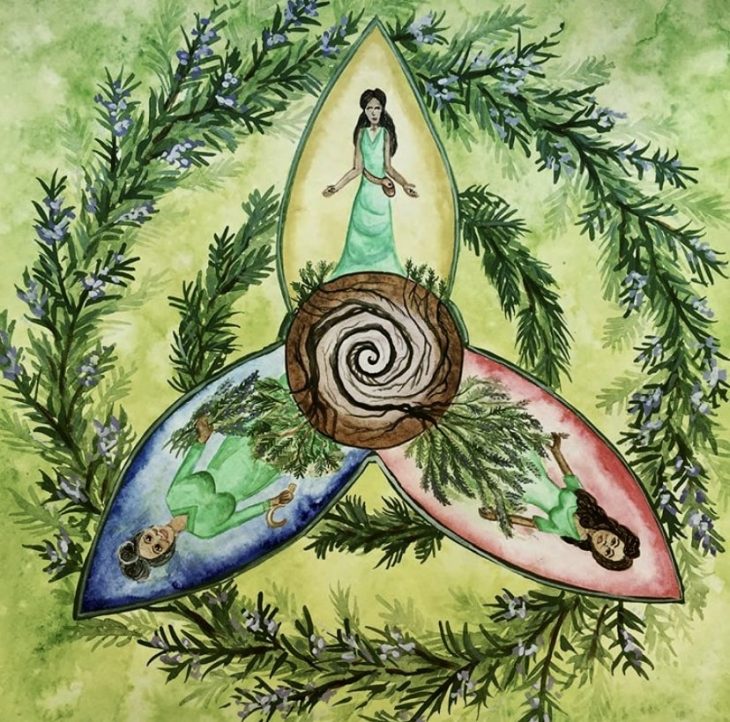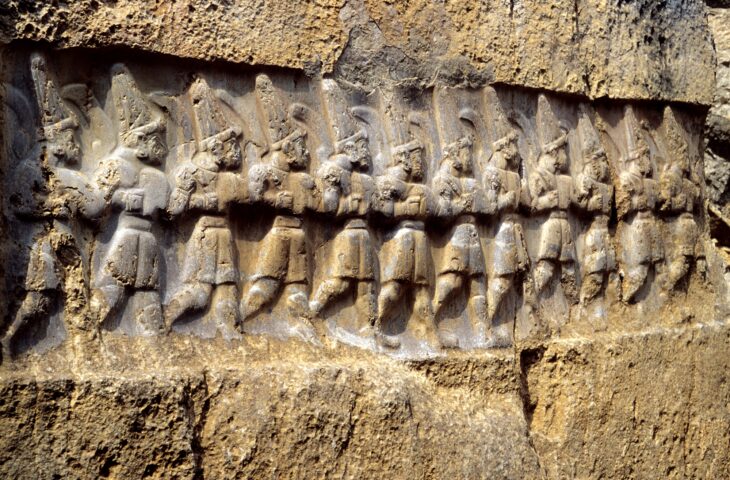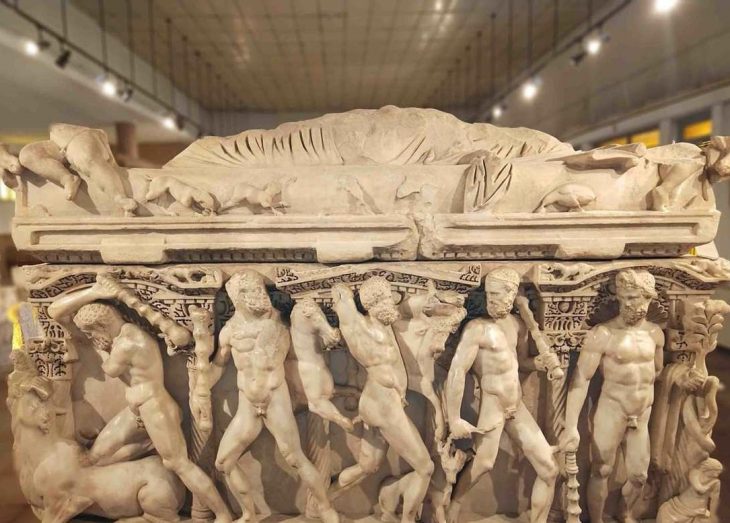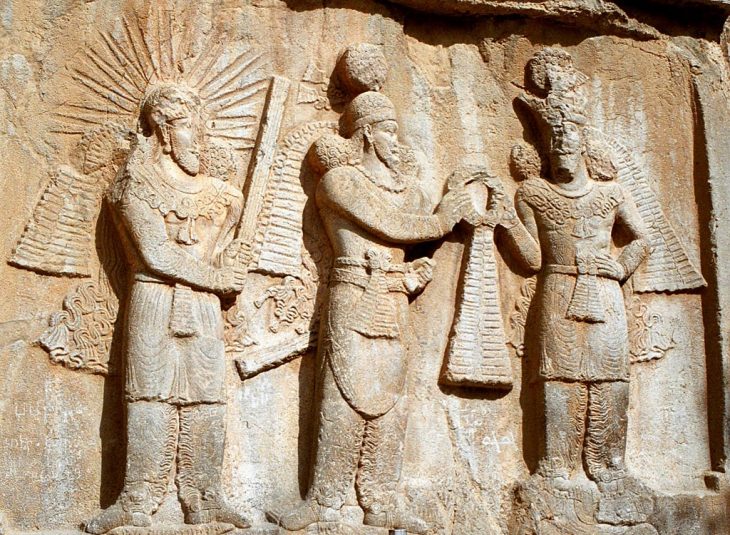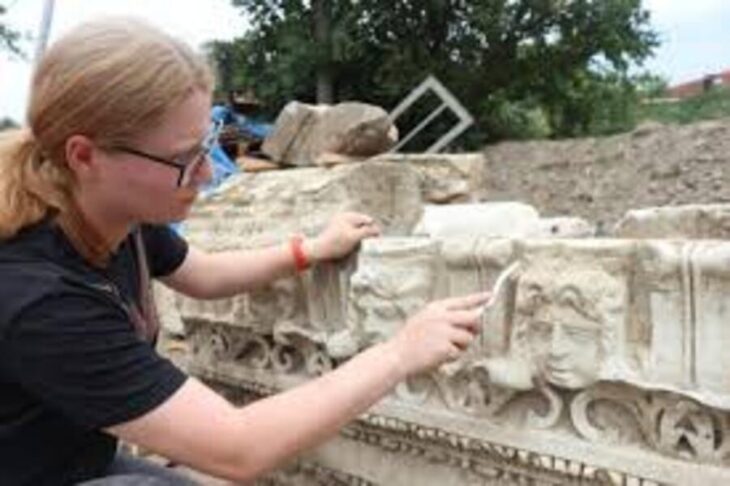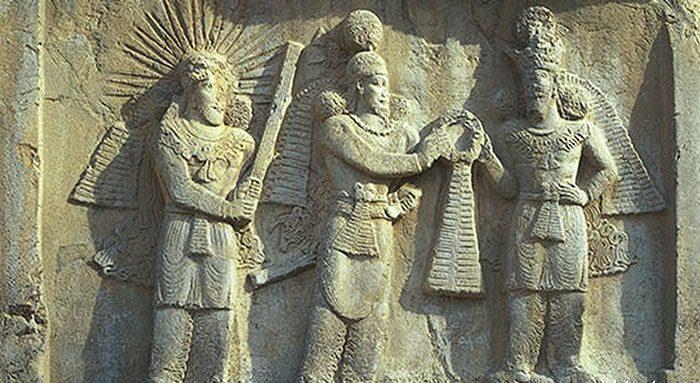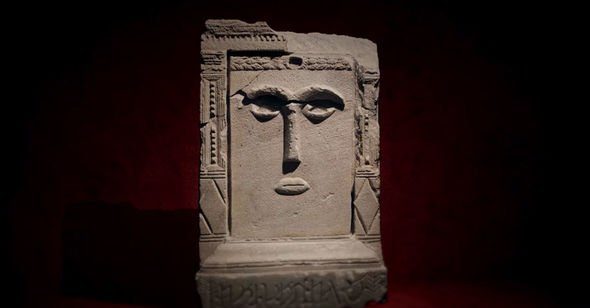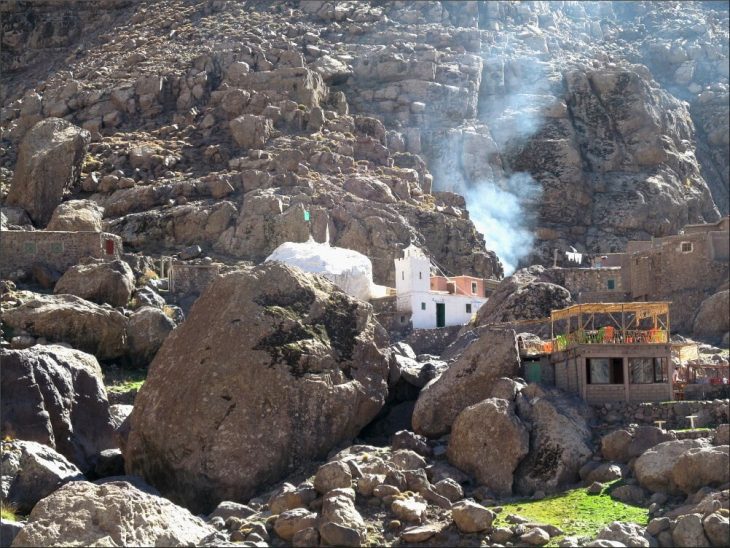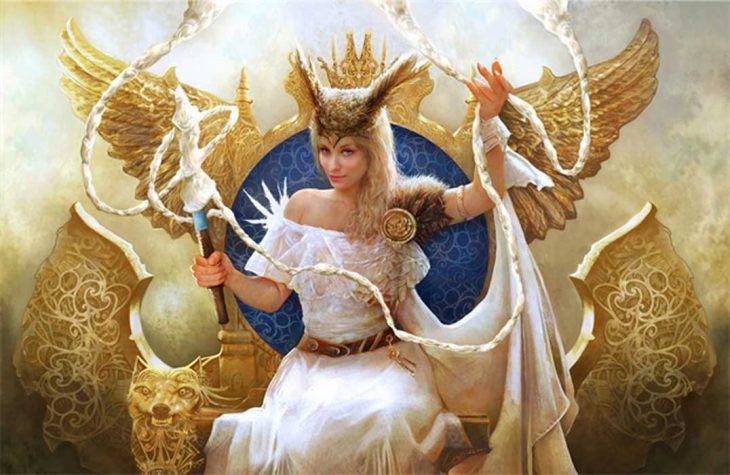Anahita was pre-Islamic Iran’s most important goddess. Her status was unrivaled by any other Iranian goddess throughout the course of three successive Iranian empires over a period of a thousand years, stemming from her roots as an ancient Indo-European water deity.
She was also the protector of the righteous kings, a tradition that dated back to the Achaemenian empire and lasted until the end of the Sasanian dynasty.
In Persia, Anahita was the deity assigned to water, as well as fertility and prosperity. Anahita is a Protector of Women. The Lady of the Waters and the Lady who rides four horses named wind, rain, clouds, and sleet in her chariot.
Her full name is Aredvi Sura Anahita which means moist, strong, and pure (pure).
Described as a beautiful maiden, strong, tall and pure, she is depicted as wearing a mantle embroidered with gold and holding the baresma (sacred plant) in her hand. Her holy animals are the dove and the peacock. Anahita is sometimes considered as Mithra’s consort.
📣 Our WhatsApp channel is now LIVE! Stay up-to-date with the latest news and updates, just click here to follow us on WhatsApp and never miss a thing!!
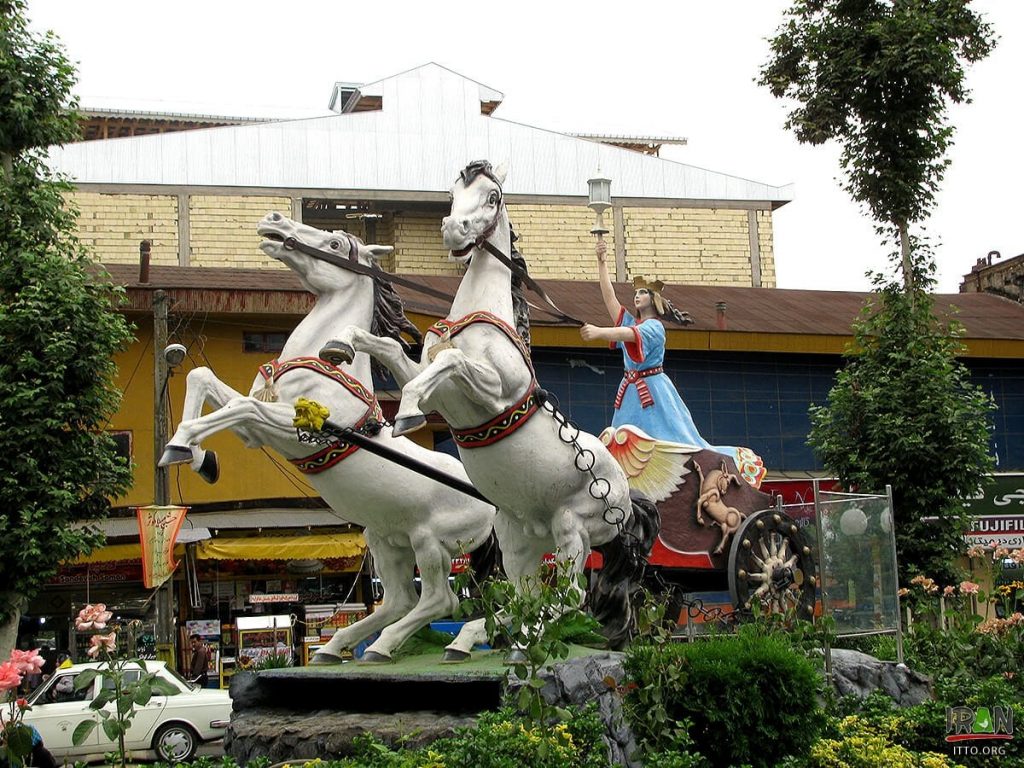
Anahita is the sole goddess whose name has been immortalized in Persian mythology, alongside Ahura Mazda and Mithra, the two overarching Zoroastrian deities. Inscriptions from the fourth century BCE in Susa and Hamadan provide the first written evidence.
Anahita most likely existed in some form prior to the third millennium BCE, when ancient Persian religion flourished in the Greater Iran region (the Caucasus, Central Asia, South Asia, and West Asia).
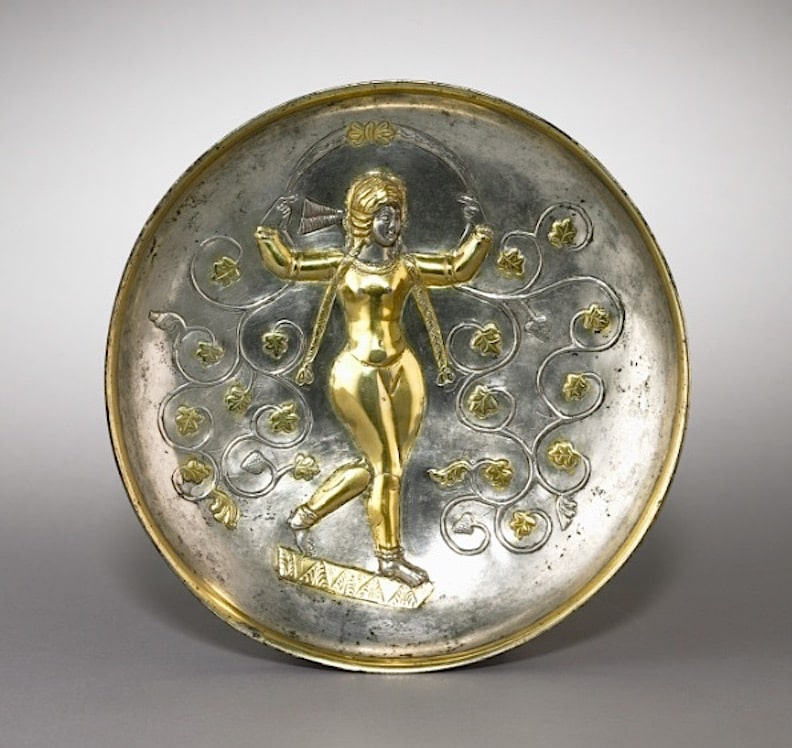
Anahita was well-liked and is one of the numerous manifestations of the ‘Great Goddess’ seen in many ancient eastern faiths (such as the Syrian/Phoenician Goddess Anath). She was born in Babylon and spread across Asia Minor, India, and Egypt, where she was portrayed as an armed and riding Goddess. Anahita was linked to Athena, Aphrodite, and possibly Artemis by the Greeks.
In the Middle East, she was associated with Anat. The cult of Anahita spread to Armenia, Persia, and various parts of Western Asia. When Persia conquered Babylon (in the 6th century B.C.E.), Anahita began to show some similarities to the goddess Ishtar. She was identified with the planet Venus, which shows that she probably descended from Ishtar, the main goddess of the region in the pre-Indo-European era.
Many temples were built in Her honor during the reign of King Artaxerxes (436-358 BCE) in Sousa, Ecbatana, and Babylon.
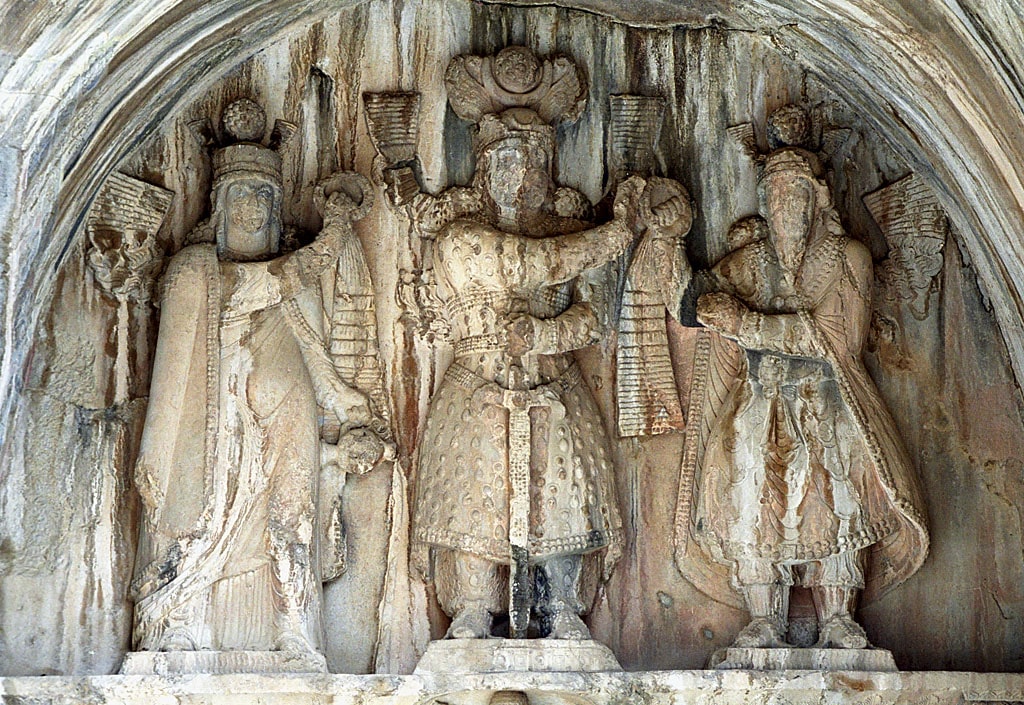
“Great Lady Anahita, glory and life-giver of our nation, mother of sobriety, and benefactor of humanity,” Armenians called out to Anahita.
Modern academics believe Anahita was also revered in Kangavar, Qadamgah, and Bishapur, where sanctuaries that may be recognized as water temples have been discovered.
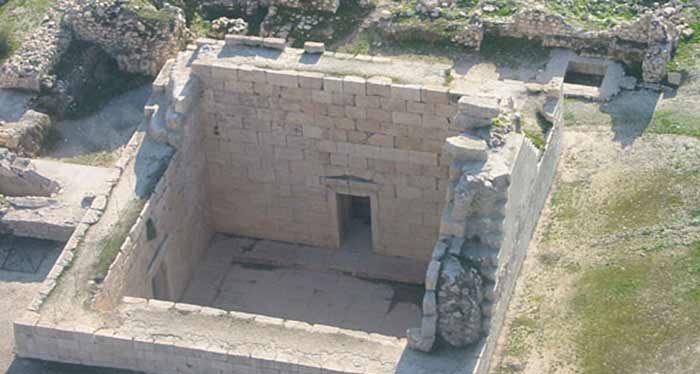
From Susan Gaviri – Anahita in the Ancient Iranian Mythology:
“…it must not be forgotten that many of the famous fire temples in Iran were, in the beginning, Anahita temples. Examples of these fire temples are seen in some parts of Iran, especially in Yazad, where we find that after the Muslim victory these were converted to Mosques.”
Source: Lindemans, Micha F. Encyclopedia Mythica, “Anahita“.
Wikipedia, “Anahita“.
Anahita: Ancient Persian Goddess and Zoroastrian Yazata by Payam Nabarz
Anahita in the Ancient Iranian Mythology by Susan Gaviri

